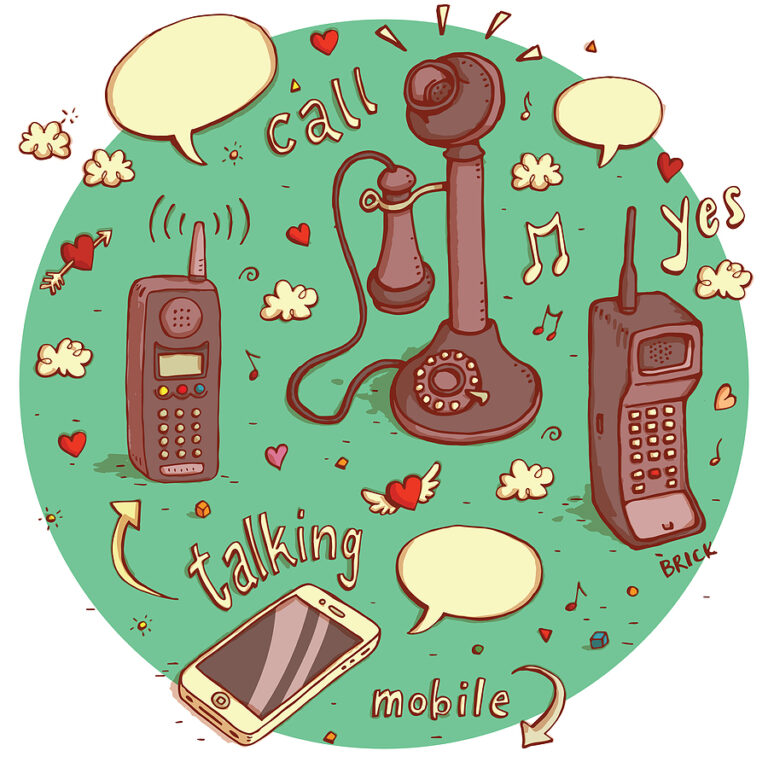
With regards to my EOS practice, I inform potential clients that my role in the process is threefold as a teacher, facilitator, and coach. I believe I’m often initially hired to help teach the process and get teams and companies rolling; however, my clients tend to stick with me because of the facilitation and coaching components. In these next two blogs, I’ll share with you 10 ways that decrease the negative side effects of conflict and how to turn conflict into something much more productive (occasionally, it’s even fun!).
Here are some tips for learning how to make healthy conflict constructive:
- Intention
As the facilitator, it’s easier for me to come into every session with the genuine intention of helping the team do great work. Period. This means I will “go there” if I believe the team is avoiding an issue or if they’re getting in their own way. But, I don’t have a dog in the fight; I don’t represent a department. This is where coming together as a leadership team – as one unit – is important. Avoid coming to the table ready to battle or protect your department. Instead, approach with a desire to understand the position of people around the table and what’s best for the organization. To clarify, this doesn’t mean that you’re a pushover or you shouldn’t put forth your opinion. What it does mean is come ready to listen, be willing to be wrong, and to genuinely desire success for the entire team.
- Listen
As I’ve said many times, the good Lord gave us two ears and one mouth. Use them accordingly. Listen actively with a desire to understand the root concern or someone else’s position. When it’s your turn to talk, take a second to really try to understand the other’s position then reply.
- Dig
Rarely is the issue brought to the table actually the real issue, motivation, or opportunity. Ask probing questions. I recommend asking “why?” and “what else?” in different ways until the real issue is uncovered.
- When responding, start with a positive
Starting with a positive never hurts. It helps to put people at ease and to understand that they’re not being attacked. Try phrases such as “I love the passion you have” or “I’m excited to see where you’re taking this”. Again, intention is critical…and this will backfire if you don’t truly mean it. People can sense sarcasm and it will piss them off.
- Ask for permission
When you know you’re going to “go there,” I suggest asking for permission first. Yes, simply say something like “Is it okay if I push back?” or “I have a different perspective; would you like to hear it?” Wait for permission then express your thoughts. This does two things: First, it gives the person a few microseconds to remember (e.g., “That’s why we have this person on the team. Of course I need to hear it.”). It has the added benefit of removing anything personal about it – you’re disagreeing with their idea, not with them as person.
Remember, conflict doesn’t have to be a negative thing. In fact, individuals and teams become stronger through moments of healthy struggle – it simply takes awareness, communication, and authenticity.
Check out more ways to manage conflict in next week’s blog when we explore the ins and outs of reaching a solution.
Looking for ways to creatively manage conflict? Interested in getting at the root of the problem? Reach out to us today for a no-obligation quote – we’d love to help!




